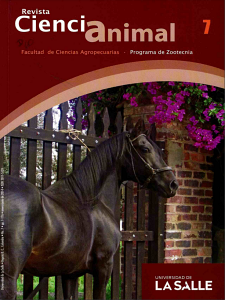Abstract
The oocyte is surrounded by the pellucid zone (PZ) during ovulation and, externally, by the corona radiata and cumulus oophorus cells, which are impregnated with progesterone and are capable of triggering the stimulus for acrosome reaction in a small population of spermatozoa having the receptor for this hormone. The spermatozoon must move through the cumulus oophorus cells and the follicle cells of the corona radiata in order to hit the PZ and, thus, interact with the oocyte prior to penetration. Penetration of the PZ is one the most vital process of fertilization. Spermatozoa incapable of recognizing and linking to glycoprotein of the PZ do not succeed in fertilization. Recognition of the gamete and the following interactions are done by linking (carbohydrate – protein) with PZ receptors. These receptors activate the signal for acrosomal exocytosis by phosphorylation/dephosphorylation reactions. Interaction between the PZ structure and the abled spermatozoa, together with the oligosaccharide chains, can initiate the formation of a multimeric receptor complex in the sperm membrane, mediated by calcium ions. Signaling molecules that activate the acrosome reaction cascade are added to this complex, thus leading to penetration of the pellucid zone, fusion with the oocyte and, as a result, fertilization.Downloads
Download data is not yet available.



